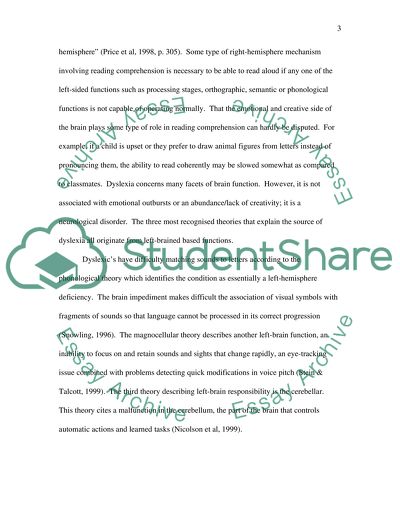Cite this document
(Cognition, Language, and Brain: Dyslexia Term Paper, n.d.)
Cognition, Language, and Brain: Dyslexia Term Paper. Retrieved from https://studentshare.org/health-sciences-medicine/1537412-cognition-language-and-brain
Cognition, Language, and Brain: Dyslexia Term Paper. Retrieved from https://studentshare.org/health-sciences-medicine/1537412-cognition-language-and-brain
(Cognition, Language, and Brain: Dyslexia Term Paper)
Cognition, Language, and Brain: Dyslexia Term Paper. https://studentshare.org/health-sciences-medicine/1537412-cognition-language-and-brain.
Cognition, Language, and Brain: Dyslexia Term Paper. https://studentshare.org/health-sciences-medicine/1537412-cognition-language-and-brain.
“Cognition, Language, and Brain: Dyslexia Term Paper”. https://studentshare.org/health-sciences-medicine/1537412-cognition-language-and-brain.


